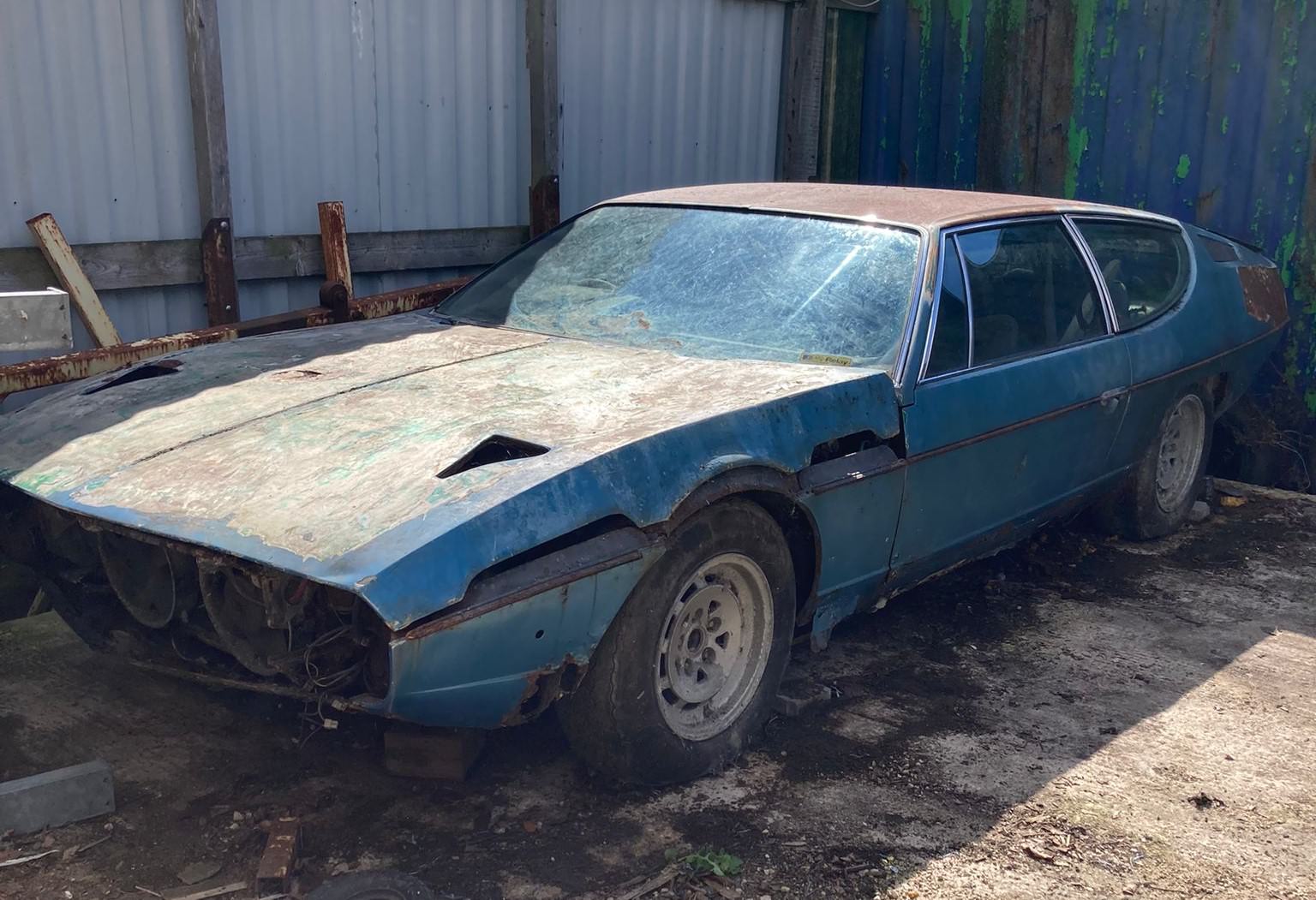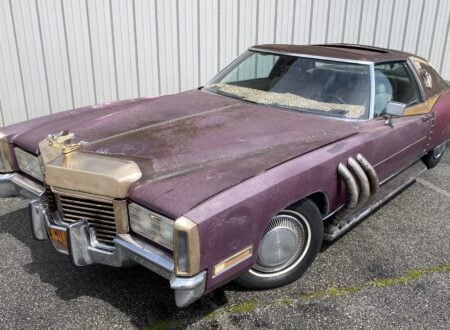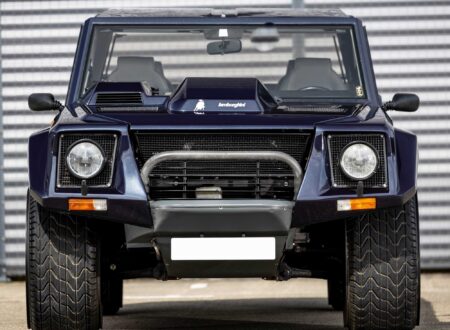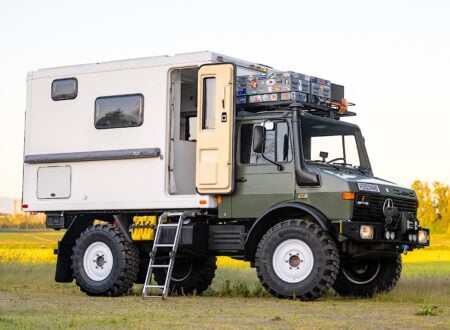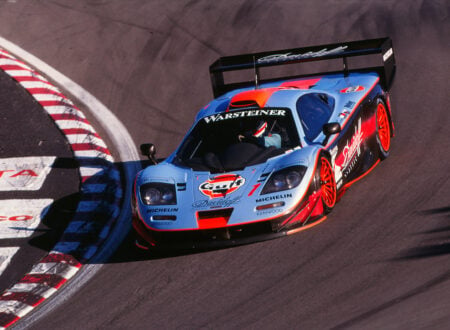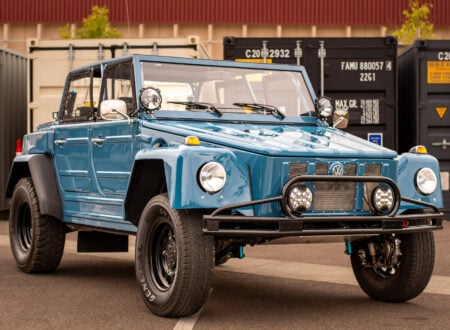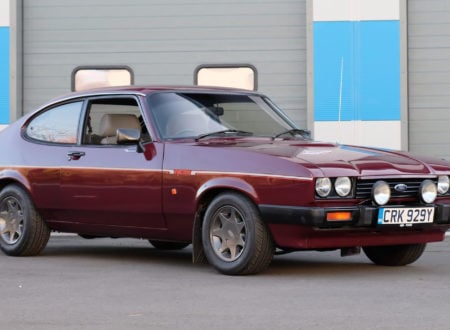This is a Series II Lamborghini Espada from 1972, it came from the factory with the quad-cam Bizzarini-designed 3929cc V12 Lamborghini engine that’s capable of 350 bhp – when in running condition of course.
The bad news is that the car is very much a project, and it’s a project for either a wildly talented body specialist or someone who is willing to go to the trouble of re-shelling the car.
Fast Facts – The Lamborghini Espada
- The Lamborghini Espada was unveiled at the 1968 Geneva Auto Show was an all-new four-seat V12 Lamborghini. It had been designed by Marcello Gandini of Bertone at there request of Ferruccio Lamborghini, who wanted a practical four-seater in his model line up.
- As it turned out, Ferruccio was right. The Espada became the best selling Lamborghini for a decade between 1968 to 1978, with a total of 1,227 sold worldwide.
- The Espada has a roomy interior, certainly when compared with other Lamborghinis, it has comfortable seating for four adults, and a well-sized trunk in the rear.
- Power is provided by the 3.9 liter (3929cc) V12 that had originally been designed by Giotto Bizzarrini for Lamborghini to help them compete with Ferrari. In Series II form the engine was capable of 350 bhp.
The Espada: A Practical Lamborghini
With the possible exception of the Countach, the Lamborghini Miura is arguably the most famous Lamborghini of all time. It’s the car that many point to as the first supercar, and it’s the vehicle that defined the Italian automaker in the 1960s.


Despite the wild success that the Miura would eventually enjoy, Ferruccio Lamborghini wasn’t initially interested in building a high-performance, mid-engined car. He was far more interested in building luxurious GT cars that could whisk their owners at eye-watering speeds across continental Europe in leather-upholstered comfort.
Ferruccio’s love of high-performance GT cars would underpin many of the business decisions he made while heading up Automobili Lamborghini, including the creation of the car you see here – the Lamborghini Espada.
In the late 1960s the halo car for Lamborghini was undoubtably the Miura, however the Miura had only two seats and limited space for luggage. As a result the Espada and Islero were developed.
The Islero was a 2+2 GT car that was the successor to the earlier Lamborghini 400 GT. The Espada was something altogether different, its styling was based closely on two earlier avant garde show cars – the Lamborghini Marzal and the Bertone Pirana which had both been penned by Marcello Gandini at Bertone.
With its long, high roofline, prominent front end, and unusual side profile the Espada stopped people in their tracks when it was first displayed at the 1968 Geneva Auto Show. Any concerns about the car’s design being too radical were quickly allayed – it became the best-selling Lamborghini of the era shifting 1,227 units between 1968 and 1978.
Lamborghini Espada – Specifications
The Lamborghini Espada has a semi-monocoque unibody consisting of stamped steel panels and square section steel tubing, with he exception of the hood wish was made from aluminum for weight saving purposes.
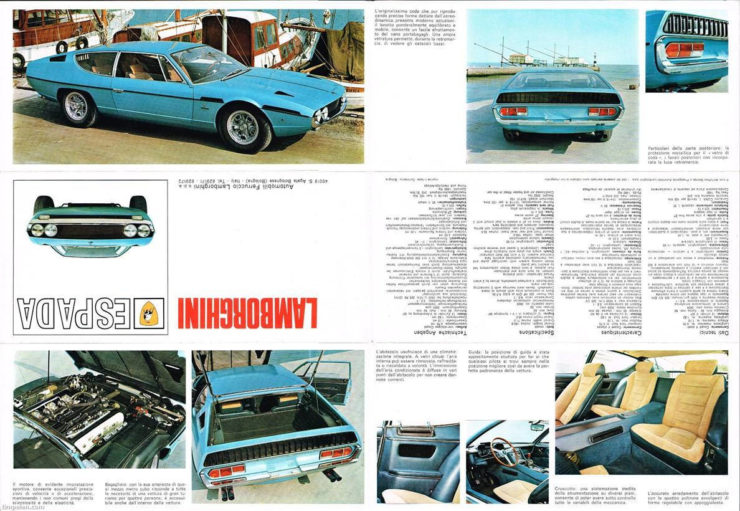

The car was fitted with fully independent front and rear suspension consisting of unequal length double A-arms front and back, with coil springs, telescopic shock absorbers, and anti-roll bars.
Disc brakes were fitted to all four corners, the car had worm-and-peg type steering, with both power steering and air conditioning optional until the Series III cars when they became standard.
As with any Lamborghini, the most important part is what sits in the engine bay. The Espada is powered by what is undoubtably the most important engine in the history of Lamborghini – the advanced V12 developed by Giotto Bizzarrini and his engineering team.
For the Espada this engine had a displacement of 3.9 liters (3929cc), an aluminum alloy block and heads, two camshafts per bank, two valves per cylinder, and six Weber 40DCOE side-draft carburetors.
In the Series I Espada this V12 produced 325 bhp, however this was increased to 350 bhp for the Series II and Series III vehicles. Power was sent to the rear wheels via either a 5-speed manual transmission or the optional Chrysler Torqueflite 3-speed automatic transmission that became available later in the model run.
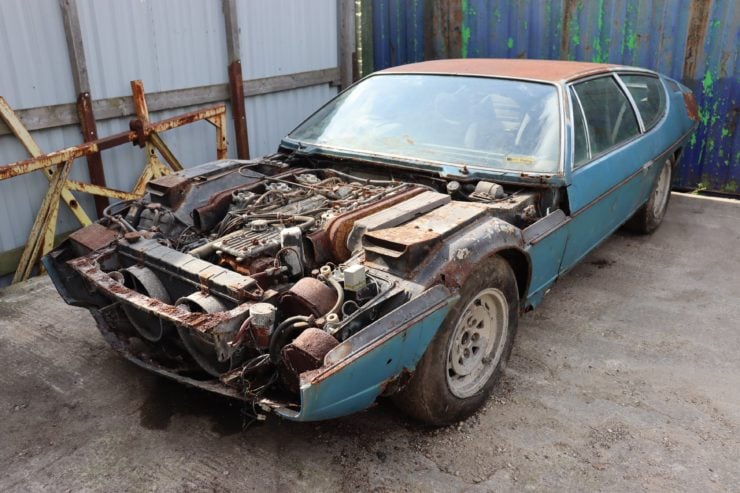

Lamborghini listed the maximum speed of the later 350 bhp cars as 250 km/h or 155 mph.
The Lamborghini Espada Project Car Shown Here
The Lamborghini Espada that you see here is a project car to say the very least. It’s clear from the images in this listing that it’s going to require a gargantuan effort to get it back on the road – largely due to the significant rust issues that can be found throughout the car.
There are three main options for this vehicle given its current condition – either it can be used for parts, it could be reshelled, or it could be restored by a team of bodywork specialists who are far better at welding and sheet metal fabrication than I’ll ever be.
The good news is that the engine turns freely and it’s a rare right-hand drive example. It’s due to roll across the auction block with H&H Classics on the 20th of October with a price guide of £10,000 – £15,000 or approximately $11,000 – $16,600 USD and you can visit the listing here if you’d like to see more.
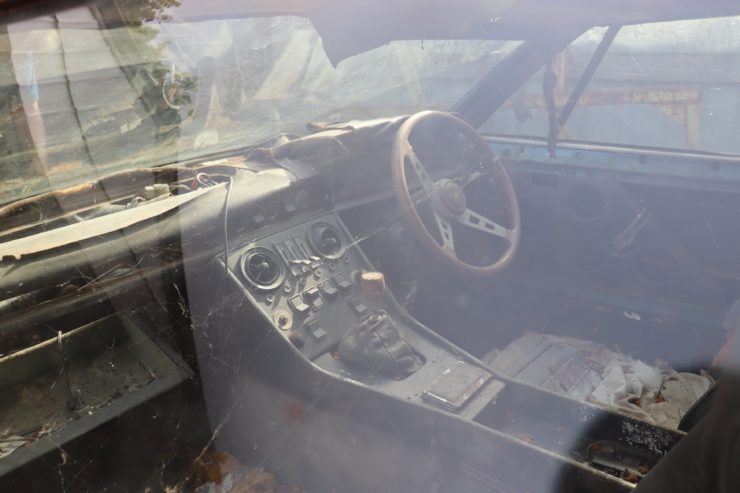
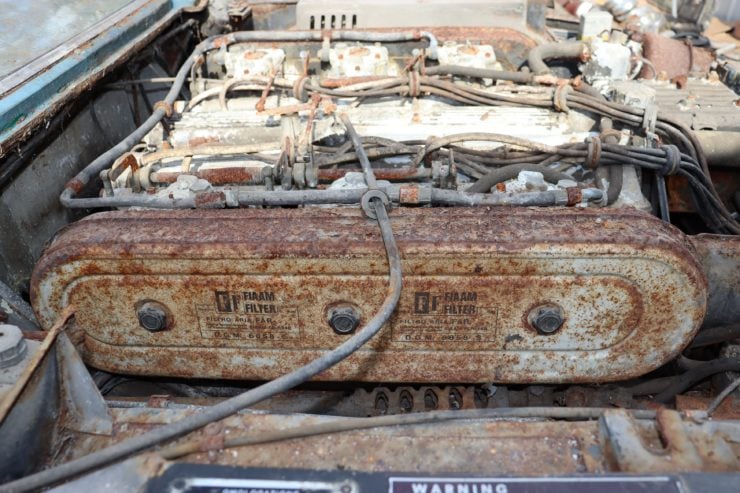
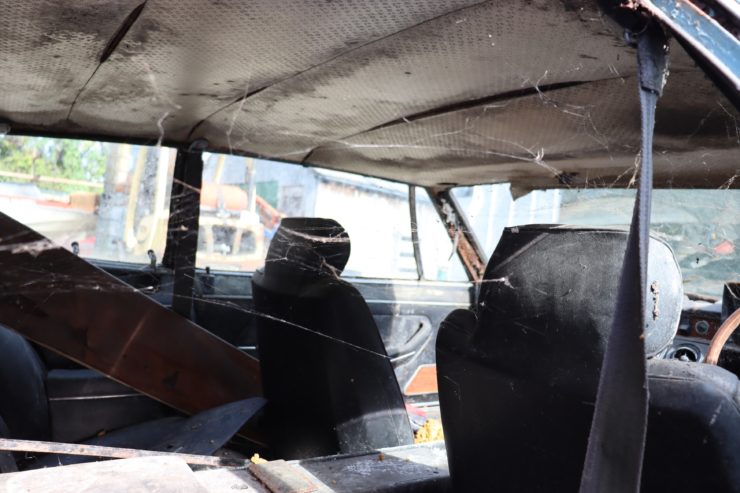
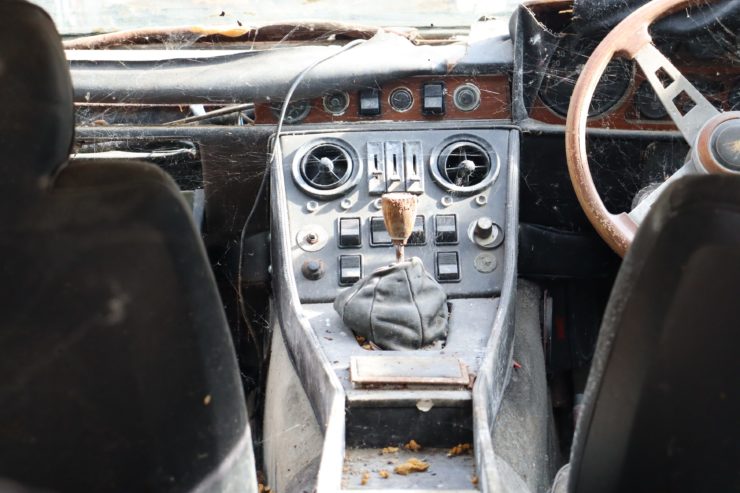
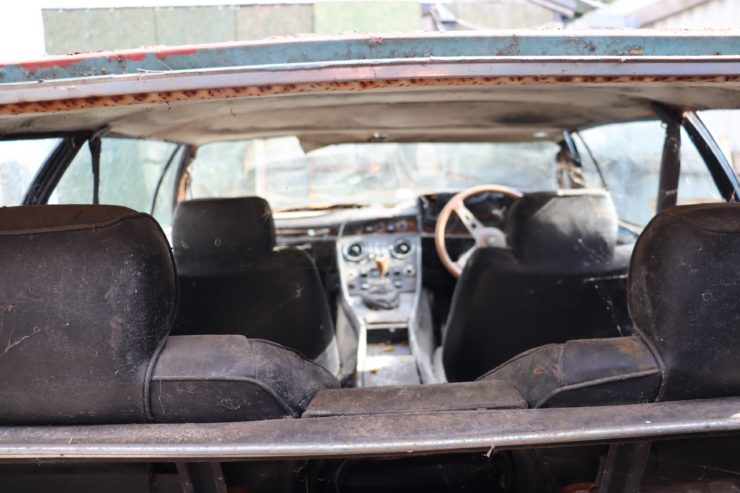
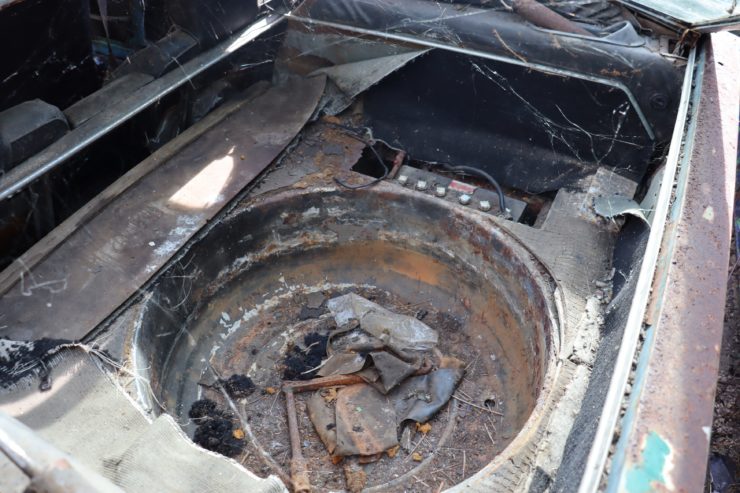
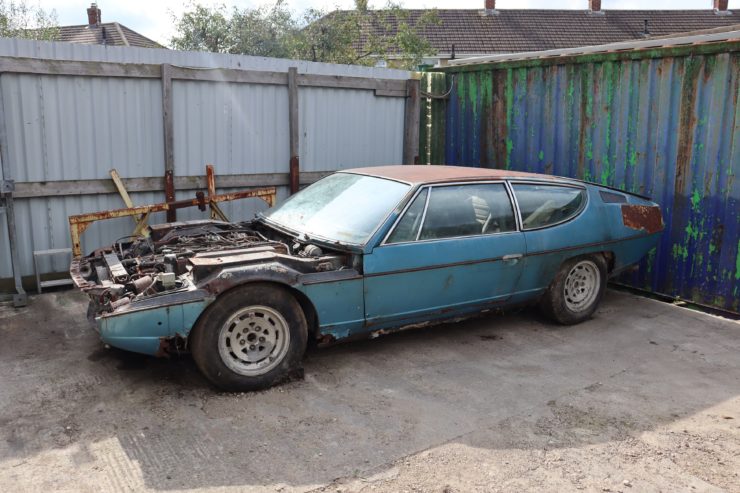
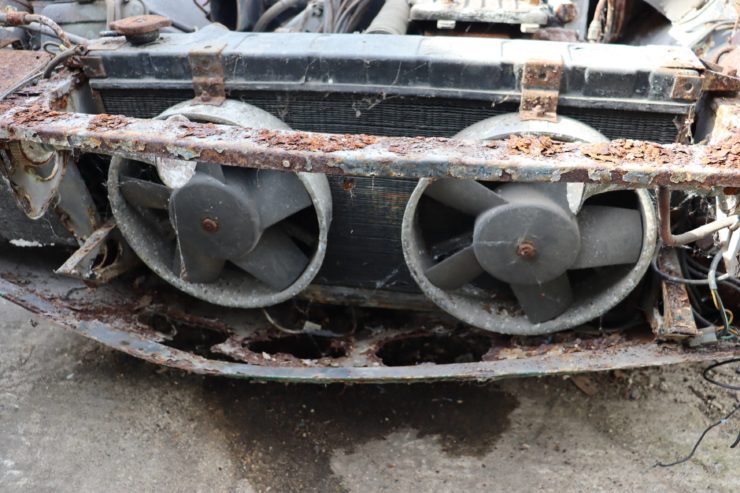
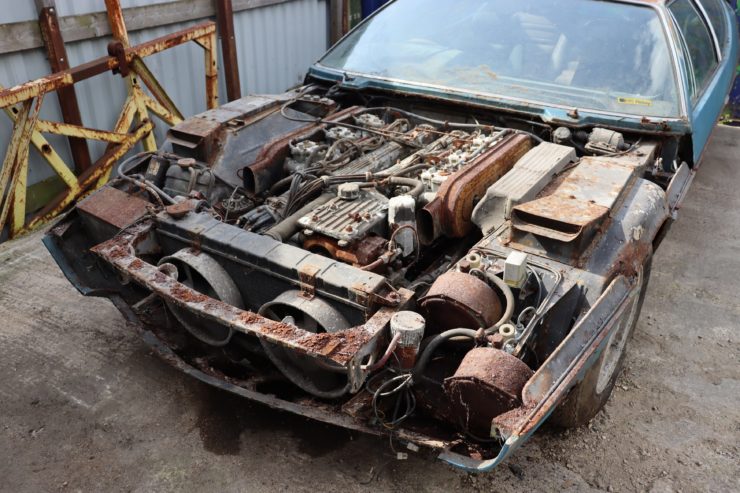
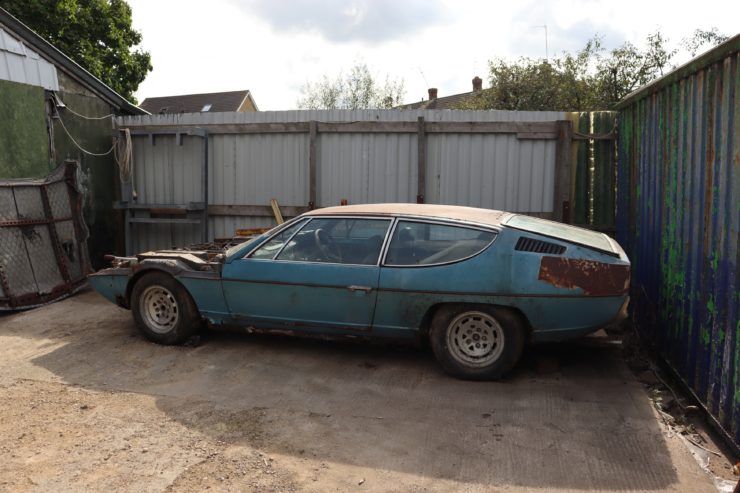
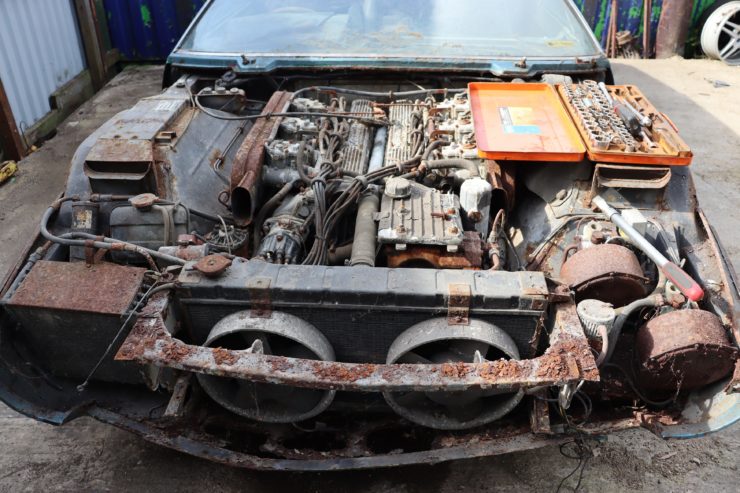
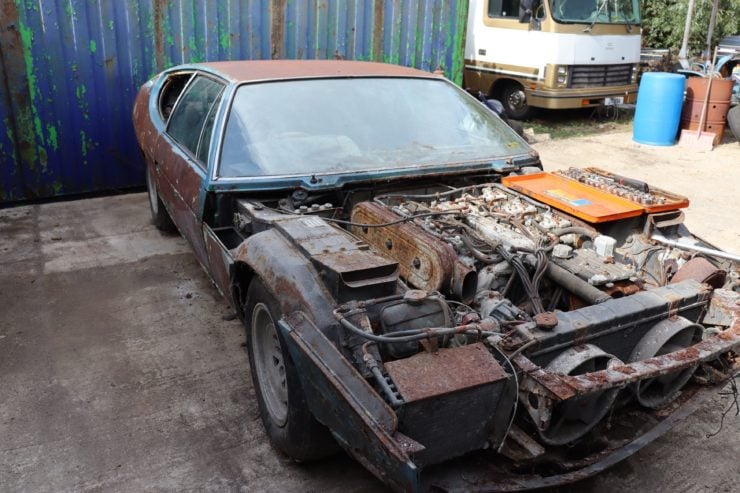
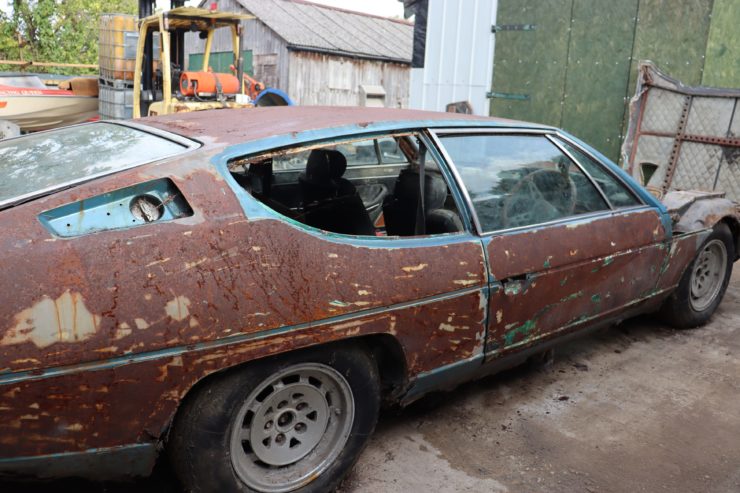
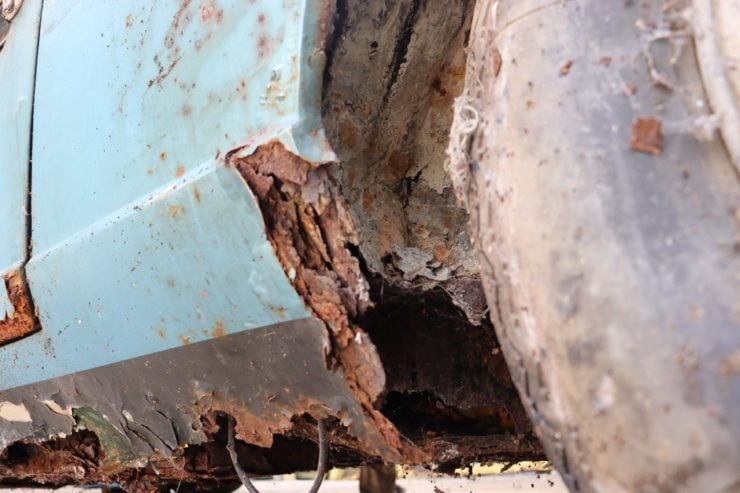
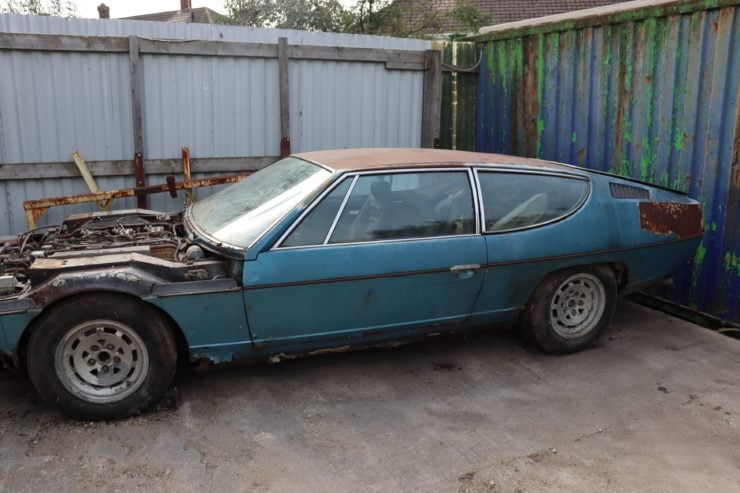
Images courtesy of H&H Classics

Articles that Ben has written have been covered on CNN, Popular Mechanics, Smithsonian Magazine, Road & Track Magazine, the official Pinterest blog, the official eBay Motors blog, BuzzFeed, Autoweek Magazine, Wired Magazine, Autoblog, Gear Patrol, Jalopnik, The Verge, and many more.
Silodrome was founded by Ben back in 2010, in the years since the site has grown to become a world leader in the alternative and vintage motoring sector, with well over a million monthly readers from around the world and many hundreds of thousands of followers on social media.

